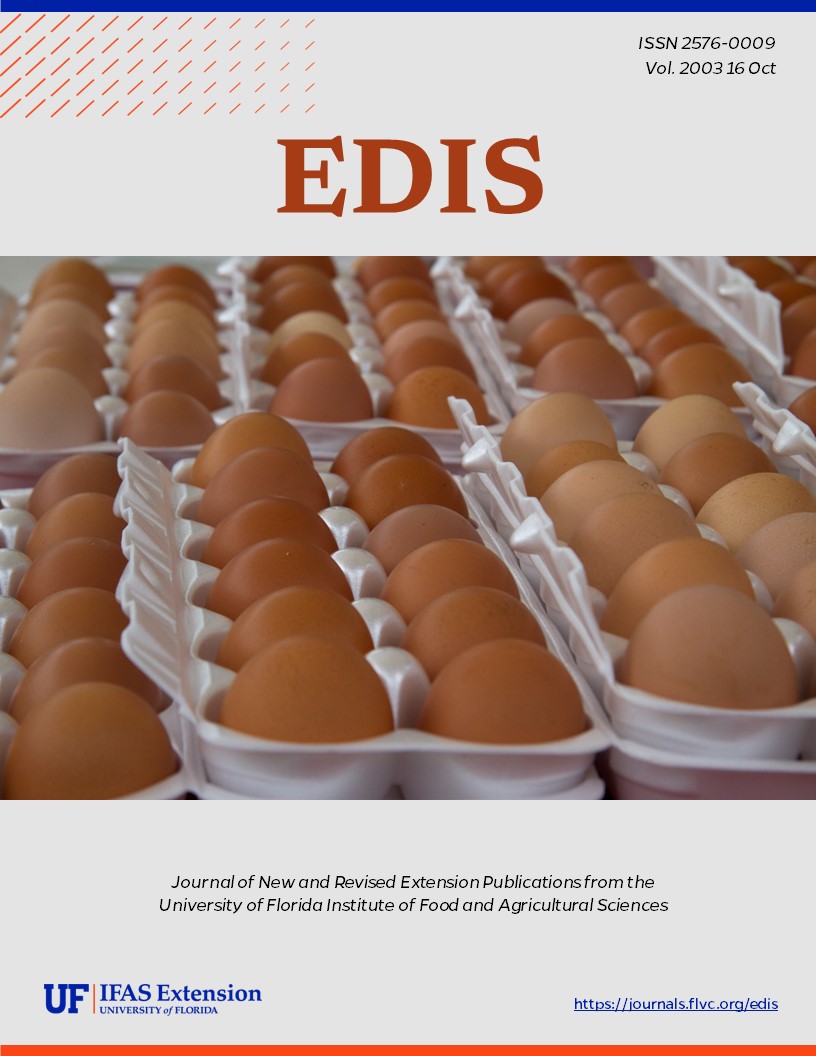Abstract
Millions of boxes of fruit and thousands of acres of citrus trees have been lost in freezes and frosts. Oranges are usually damaged when the fruit are exposed to temperatures of 28°F or lower for 4 hours or more. As the temperature gets colder or durations below 28°F get longer, damage to fruit, leaves, twigs, and eventually large branches increases. More than nearly any other factor, freezes have caused some of the most dramatic changes in fruit supply, availability, and price. Thus, any method that provides some cold protection can be of major importance to citrus growers. This document is Fact Sheet HS-931, one of a series of the Horticultural Sciences Department, Florida Cooperative Extension Service, Institute of Food and Agricultural Sciences, University of Florida. Publication date: November 2003.
HS931/CH182: Microsprinkler Irrigation for Cold Protection of Florida Citrus (ufl.edu)
References
Buchanan, D. W., F. S. Davies, and D. S. Harrison. 1982. High and low volume under-tree irrigation for citrus cold protection. Proc. Fla. State Hort. Soc. 95:23-26.
Parsons, L. R., T. A. Wheaton, N. D. Faryna, and J. L. Jackson. 1991. Elevated microsprinklers improve protection of citrus trees in an advective freeze. HortScience 26(9):1149-1151. https://doi.org/10.21273/HORTSCI.26.9.1149
Parsons, L. R. and T. A. Wheaton. 1987. Microsprinkler irrigation for freeze protection: Evaporative cooling and extent of protection in an advective freeze. J. Amer. Soc. Hort. Sci. 112:897-902.
Parsons, L. R., T. A. Wheaton, D.P.H. Tucker, and J. D. Whitney. 1982. Low volume microsprinkler irrigation for citrus cold protection. Proc. Fla. State Hort. Soc. 95:20-23.
Unless otherwise specified, articles published in the EDIS journal after January 1, 2024 are licensed under a Creative Commons Attribution-NonCommercial-NoDerivs 4.0 International (CC BY-NC-ND 4.0) license.

